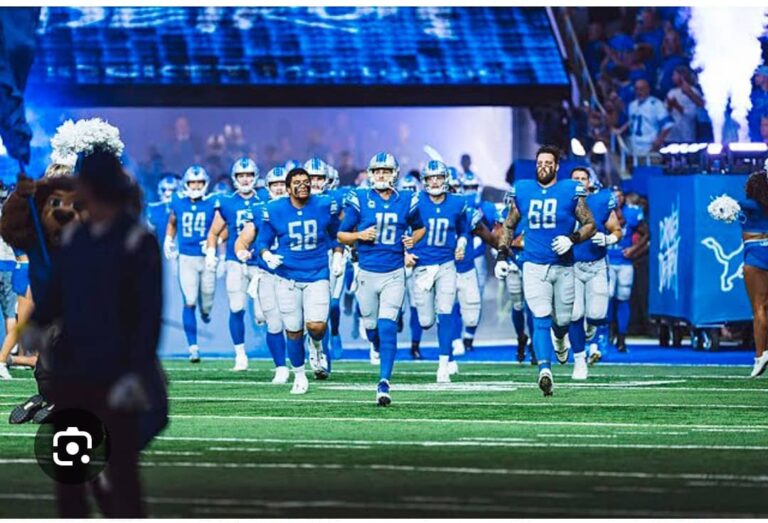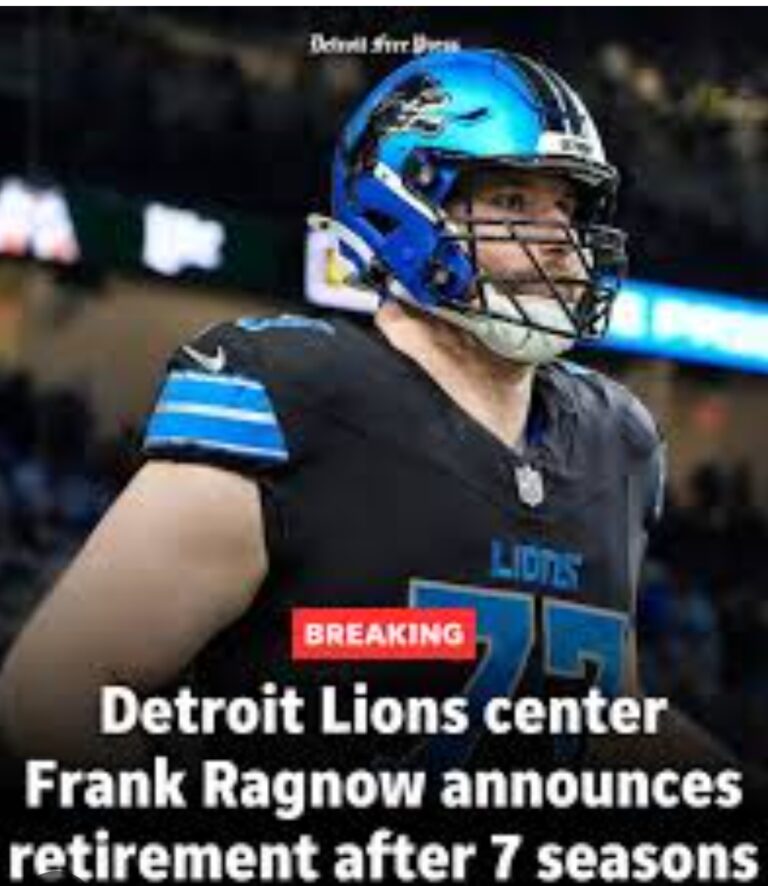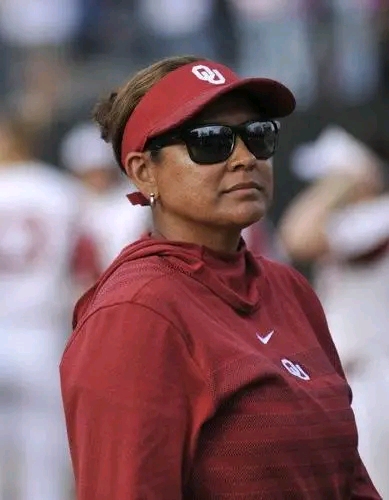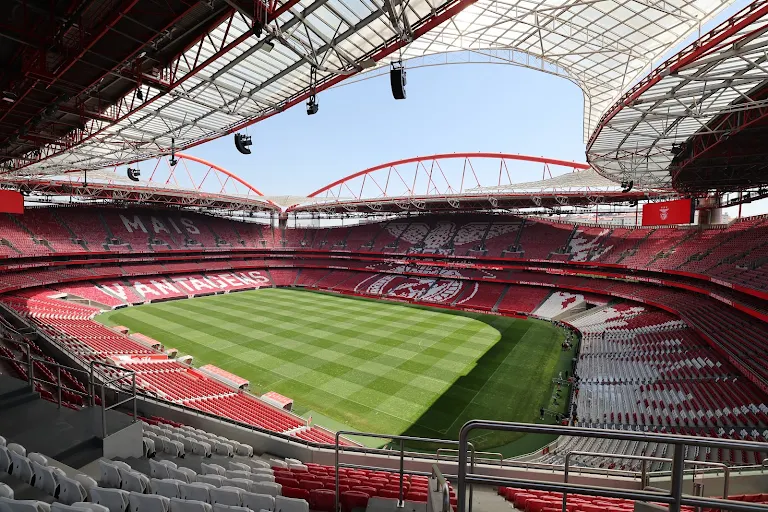
George H. McCaskey, chairman of the Chicago Bears and a member of the storied Halas-McCaskey family, has long been at the center of a team steeped in tradition and fan passion. As the NFL continues to evolve into a faster, more analytical, and commercially driven league, McCaskey has been reshaping the Bears’ path forward. His strategic plan to ensure long-term success focuses on five key pillars: front office stability and innovation, infrastructure modernization, player development and culture, community and brand engagement, and strategic financial planning.
1. Front Office Stability and Innovation
A cornerstone of McCaskey’s vision has been overhauling and stabilizing the front office, traditionally viewed as inconsistent or outdated. Recognizing the shifting landscape of NFL team management, he prioritized hiring executives with modern football acumen and data-driven mindsets. The appointment of a forward-thinking general manager and a collaborative coaching staff aimed to introduce cohesion between talent acquisition and on-field strategy.
McCaskey also initiated the expansion of the football operations department, including analytics experts and player wellness specialists. These additions reflect a broader effort to align with modern franchises that leverage technology and data science to gain competitive edges. Through these moves, McCaskey hopes to build a front office that isn’t just reactive but anticipates trends and prepares the Bears for sustained relevance.
2. Infrastructure Modernization – The Arlington Heights Project
Perhaps the most transformative aspect of McCaskey’s long-term plan is the push to develop a new state-of-the-art stadium in Arlington Heights. While Soldier Field remains iconic, it lags behind in generating year-round revenue and hosting major events. McCaskey envisions a cutting-edge, multi-purpose complex that anchors not only Bears football but also corporate partnerships, concerts, community events, and the Super Bowl or Final Four.
This proposed relocation signals McCaskey’s broader understanding of the NFL’s evolution—teams are not just football squads but powerful entertainment and real estate enterprises. The Arlington Heights site would give the Bears control over their stadium and facilities, unlocking new revenue streams critical for roster building and fan engagement over the next several decades.
3. Player Development and a Culture of Excellence
Under McCaskey’s strategic direction, there has been an increased emphasis on fostering a player-centric culture built on accountability, support, and long-term development. This includes enhanced training facilities, holistic wellness programs, mental health support, and leadership training. He has backed head coaches and GMs with a vision to develop talent from within, rather than rely solely on splash free-agent signings.
Moreover, McCaskey has encouraged continuity—a marked change from years of frequent coaching and leadership turnovers. Believing that success stems from cultural stability, he advocates for giving football minds time to implement systems and philosophies, especially when working with young quarterbacks and newly drafted cores. The plan aims to mimic successful models like the Pittsburgh Steelers and Baltimore Ravens—organizations known for sustained identity and competitiveness.
4. Strengthening the Bears Brand and Community Roots
McCaskey understands that sustaining long-term success means more than just winning games—it also requires strengthening fan loyalty and the team’s cultural resonance across generations. To this end, he has broadened the Bears’ community outreach programs and focused on youth engagement, diversity initiatives, and building stronger ties with schools, local businesses, and charities.
In parallel, he has invested in rebranding efforts, modernizing digital presence, launching fan-centric experiences, and aligning the team’s image with the dynamic spirit of Chicago. This is part of a broader NFL trend, where teams operate as lifestyle brands as much as sports franchises. By nurturing fan connections at all levels—from die-hard South Siders to new suburban families—McCaskey ensures the Bears remain integral to Chicago’s cultural fabric.
5. Strategic Financial Management for Roster and Facilities
Sustained success in today’s NFL hinges on intelligent financial management—balancing high-value contracts with long-term cap health. McCaskey has empowered the front office to adopt a balanced approach to roster building: blend cost-controlled rookies with strategic veteran investments. Importantly, the Bears are being positioned to maximize future salary cap flexibility, allowing them to be opportunistic in free agency while maintaining core player continuity.
The investment in Arlington Heights is also carefully timed with long-term financial planning. McCaskey has championed the use of private financing and public-private partnerships to ensure the project doesn’t mortgage the team’s future. He’s also sought ways to leverage new media rights, partnerships, and naming rights deals to provide sustainable income for both football and business operations.
George H. McCaskey’s strategic vision for the Chicago Bears reflects a deep understanding of both tradition and transformation. By focusing on modern management practices, infrastructure development, player-first culture, brand revitalization, and financial prudence, he’s laying a foundation for enduring success in a league that is more competitive and fast-evolving than ever.
While results on the field will always be the ultimate judge, McCaskey’s comprehensive plan signals that the Bears are not content to rely on history. Instead, they are poised to forge a future that could restore their place among the NFL’s elite, not just for a season—but for generations.






